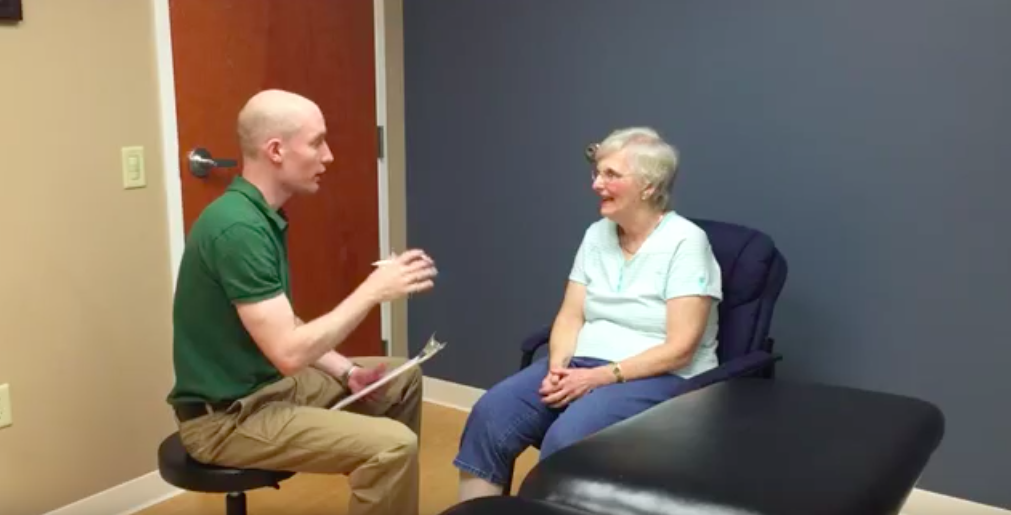Direct Access to PT means no longer must a person (with some injury or mobility concern) visit their physician before getting to the best person to help them. No longer should weeks or months pass before having those muscle, joint, or mobility concerns treated by a specialist in those areas. And no need to just take some pills hoping it will go away.
But don’t I need to know what is wrong 1st?
This questions typically refers to advanced imaging. But what if I told you in MOST instances advanced imaging DOES NOT impact treatment plan for muscle and joint issues. Outside of the most severe 1% of cases, imaging only serves to delay proper treatment, leads to tens of thousands of unnecessary surgeries each year, and causes increased fear and despair based on the results. Meaning too often people perseverate on the imaging findings that really are nothing more than age-related changes.

What people need to understand is in most cases it does not matter what IT is…only if we can change IT. The goal is to turn you back the “clock” to before your symptoms began…regardless of what any image shows because most often it just shows normal aging. Physical therapists have the ability to examine patients’ thoroughly and if something appears that does not seem right, the person will get referred to the best medical provider to help them. Not only that, but PTs are experts in muscles, joints, and mobility.
Did you know?
Examination of treatment pathways for low back pain showed individuals who entered the healthcare system via PT spent on average 3x less than those starting with their PCP or orthopedic1,2. This mounting data is further support for starting with PT 1st for a muscle, joint, or mobility issue.
The most important thing to know is the faster the “issue” is treated, the quicker you can get back to enjoying all the things you want without limitation. And the best way to do this…is take advantage of your direct access to PT to take care any concern you have.
1 Childs et al. BMC Health Services Research (2015) 15:150
2 Gellhorn et al. Spine 2010
